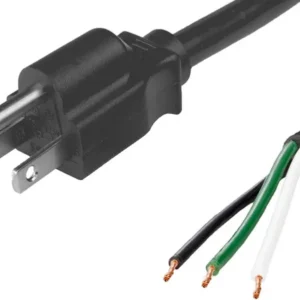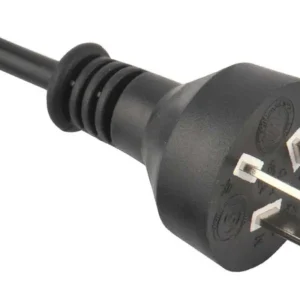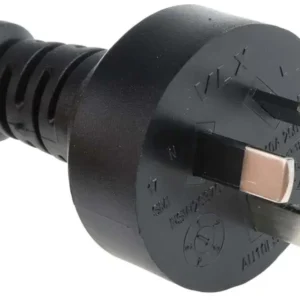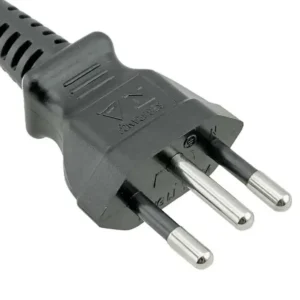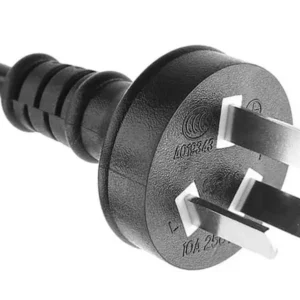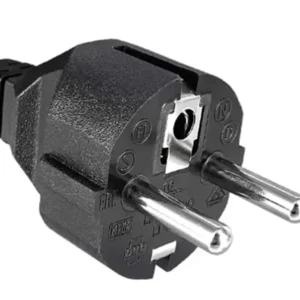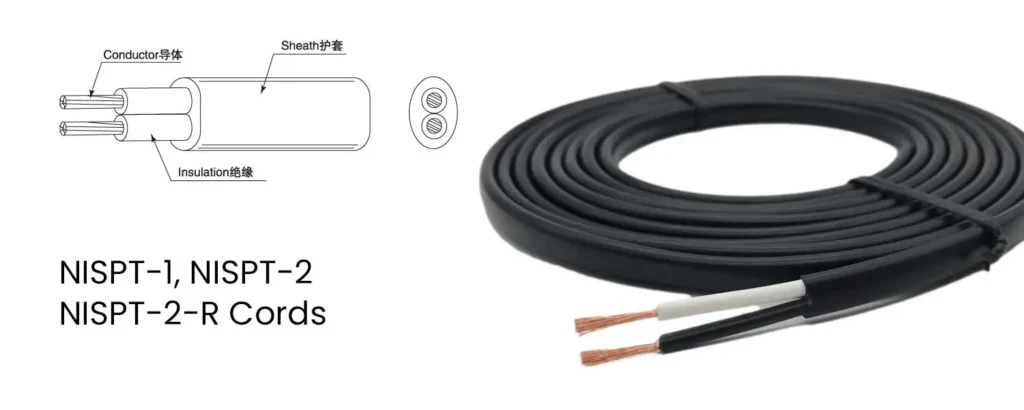NISPT: This abbreviation stands for North American Service Parallel Thermoplastic and represents a type of service cord commonly used in low-power applications within dry environments. They share similar characteristics to the previously discussed SPT cords but cater specifically to the North American market.
Here’s a breakdown of the available variations:
- NISPT-1: This type features two parallel conductors with a thin thermoplastic insulation layer, suitable for very low-power applications like Christmas lights or small decorative lamps.
- NISPT-2: This variation has two parallel conductors with a medium thickness thermoplastic insulation layer, making it a good balance for various low-power applications like powering lamps, radios, or small appliances.
Additional Features:
- NISPT-2-R: This variation extends beyond the standard NISPT-2 by including an additional ground (green or bare) conductor alongside the two power conductors. This ground wire provides a safety measure by offering a path for potential fault currents to travel, potentially preventing electrical shocks. However, NISPT-2-R cords are not commonly used in residential environments.
Similarities and Differences with SPT Cords:
- Similarities: Both NISPT and SPT cords are low-voltage (typically 300 volts), parallel thermoplastic cords intended for dry environments and low-power applications. They share similar applications and limitations.
- Differences: While both cater to similar needs, NISPT cords are specifically designed for the North American market, meeting relevant regional standards and regulations.
Important Notes:
- NISPT cords are not suitable for outdoor use and should never be exposed to moisture or sunlight.
- These cords have limited capabilities and should not be used for high-power applications or extension cords exceeding recommended lengths.
- Always consult a qualified electrician before selecting a cord to ensure it meets the specific requirements of your application and adheres to safety regulations.
In summary, NISPT cords offer a North American-specific alternative to SPT cords for low-power applications within dry environments. Remember, choosing the right cord type based on its voltage rating, environment, and intended use is crucial for safety and proper functioning.
| No. Of conductor | Conductor | Insulation thickness (mm) | Overall diameter (mm) | Max conductor resistance at 20˚C (Ω/km) | ||
|---|---|---|---|---|---|---|
| AWG | Construction No./mm |
Bare | Tinned | |||
| 2 | 18 | 41/0.160 | 1.14 | 3.5±0.2×7.0±0.2 | 22.4 | 23.6 |
| 16 | 65/0.160 | 1.14 | 3.8±0.2×7.6±0.2 | 14.1 | 14.9 | |
| 14 | 105/0.160 | 2.03 | 6.5±0.2×11.7±0.2 | 8.88 | 9.34 | |
| 12 | 168/0.160 | 2.41 | 7.9±0.2×13.7±0.2 | 5.58 | 5.88 | |
| 3 | 18 | 41/0.160 | 1.14 | 3.7±0.2×9.0±0.2 | 22.4 | 23.6 |
| 16 | 65/0.160 | 1.14 | 3.9±0.2×10.0±0.2 | 14.1 | 14.9 | |
| 14 | 105/0.160 | 2.03 | 6.5±0.2×13.9±0.2 | 8.88 | 9.34 | |
| 12 | 168/0.160 | 2.41 | 7.9±0.2×16.5±0.2 | 5.58 | 5.88 | |
